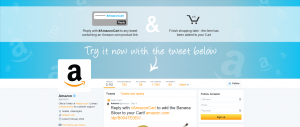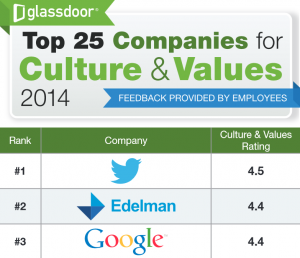 Twitter ads get more clicks, but most brand marketers are still spending far more of their digital advertising budgets on Facebook ads. That finding comes from new research by Resolution Media (an Omnicom company) in its first annual Social Trends Report and is similar to results of Social Bakers’ State of Social Media Marketing and Advertising 2014 report. However, advertisers are ramping up their Twitter ad spending considerably.
Twitter ads get more clicks, but most brand marketers are still spending far more of their digital advertising budgets on Facebook ads. That finding comes from new research by Resolution Media (an Omnicom company) in its first annual Social Trends Report and is similar to results of Social Bakers’ State of Social Media Marketing and Advertising 2014 report. However, advertisers are ramping up their Twitter ad spending considerably.
Resolution Media analyzed 2013 ad performance data from social ad campaigns of over 20 of its clients. These clients represented over $37 million in social media ad spending on Facebook and Twitter during 2013. Companies analyzed represent some of the biggest and most recognized brands in the world, including Pepsi, McDonald’s and HP, and they come from seven industry categories: consumer packaged goods, business and consumer services, financial services, technology, retail, media, and tourism and hospitality.
The research found that brand marketers invested 127% more on Facebook ads in 2013 than Twitter ads, but Twitter ad performance is improving and Twitter ad rates are dropping, making it far more attractive to advertisers. The Resolution Media report also notes that Twitter ads are being integrated directly into consumers’ lives, particularly through real-time television integration. In the fourth quarter of 2013, the 20 clients analyzed by Resolution Media increased their Twitter ad spending by 361%. Facebook spending increased during the fourth quarter as well but at a smaller growth rate of 211%.
However, all news isn’t great for Twitter ads. A separate report released recently by Deutsche Bank Securities Inc. found that 40% of Twitter users believed they had never seen an ad on Twitter, and three out of four Twitter users who recall seeing ads on the platform think the ads they’ve seen are irrelevant to them.
What This Means for Brand Marketers
Facebook has a considerably larger audience than Twitter (over 1 billion monthly users for Facebook versus fewer than 300 million per month for Twitter). Facebook advertising has also been around longer than Twitter advertising. Both are viable options and Twitter advertising should continue to become more attractive as advertising opportunities on the platform continue to be refined and expanded. However, Twitter and Facebook have evolved in recent years. They are very different sites today, and they attract different types of people for different uses.
With that in mind, the data from the experiences of these 20 brands isn’t necessarily indicative of what your brand would experience on either Twitter or Facebook. Both of these sites’ audiences are maturing, and it’s more important than ever to match the message, offer, and experience to the platform and audience. For years, marketers have talked about the future as a time when a mobile-first strategy will be critical. We’re getting close to that time, but one thing is certain. We’re definitely already at a time when platform-first is a strategic imperative in much of our tactical marketing implementation.
What do you think?
Image: Svilen Milev
Lucy is Editor at Corporate Eye


